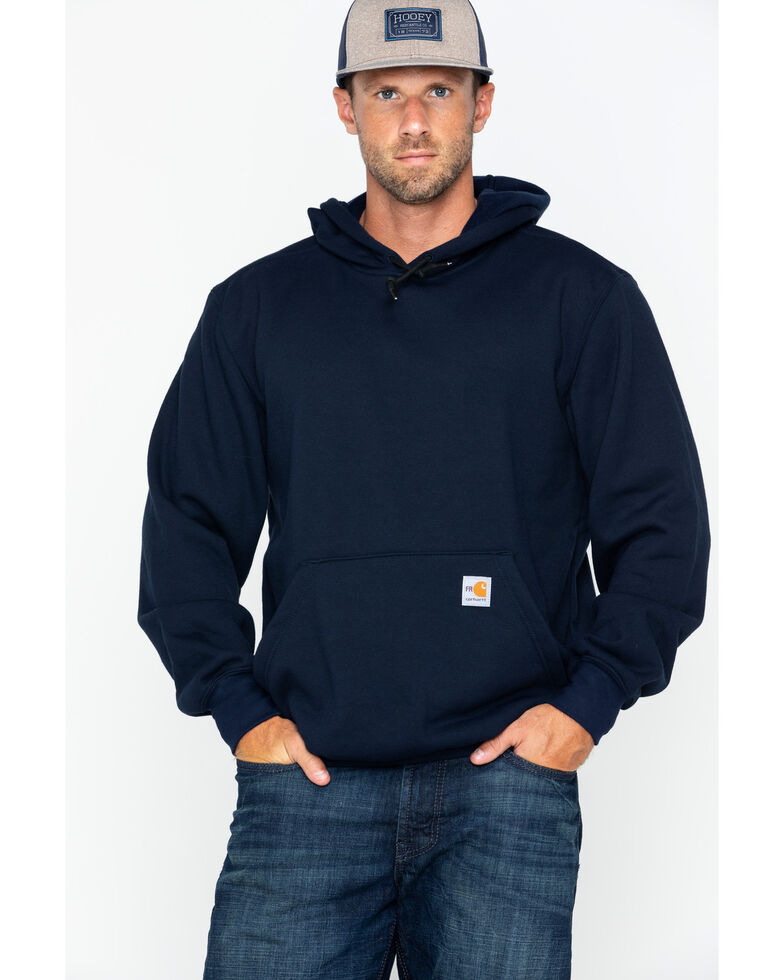What you should Consider When Deciding on the Right Sweatshirt

Sweatshirts are long-sleeved pullover shirts that are typically composed of cotton-rich fabric. They are typically used for casual wear, and are not as dressy as sweaters or cardigans. They may not have a Hood. If you're thinking of buying a sweatshirt, here are a few tips:
Norma Kamali spread the appeal of sweatshirts
Since the late '70s In the late '70s, Norma Kamali has transformed the basic sweatshirt into a work of art. Her designs are now a staple in almost every woman's wardrobe. https://zhao-hunt.thoughtlanes.net/what-to-look-for-when-buying-some-sort-of-sweatshirt-1681712156 from a tummy-tucking crew neck to leather-paneled sweatshirts. Her clothing is also designed with unusual forms, like tanks with a long trumpet skirt.
A partnership between the designer and the sweatshirt maker Everlast resulted in her Timeless collection, which was an instant hit when it debuted in the Spiegel spring 2006 catalog. The collection featured convertible and interchangeable knits with classic designs and many of the items were priced below $20. Even the The Norma Kamali Timeless collection was not available in stores, buyers could still find these pieces for sale on eBay as well as Poshmark.
Merino wool sweatshirts are more comfortable than sweatshirts made of soft wool.
Merino wool is renowned for its ability to wick moisture away that help keep you comfortable and dry. This is a naturally-occurring fibre that also offers a more comfortable feel. The fabric also dries quickly in comparison to other natural materials. Furthermore, merino is a renewable resource. The merino sheep shed coats each year, and then grow new coats.

Merino's weight-to-heat ratio is high, and the warmth of wool is what makes it a popular choice for sweatshirts. It helps to regulate body temperature due to its natural loft, which holds heat in the fibers. This is the reason Merino wool sweatshirts work ideal for summer and outdoor activities like hiking, mountain biking and running. The warmth it provides keeps the wearer well-hydrated and cool, something that is important when exercising.
Zip-front hoodies feature kangaroo pockets.
Kangaroo pocket Hoodies are a very popular type of hoodies. They feature a big pocket on the front, which helps keep your hands warm on cold days. They are also more practical than traditional pockets because they permit your hands to slide in and out with ease.
Kangaroo pockets are usually large enough to fit an entire wallet, as well as other small items for personal use. They're typically big enough to hold a small hand and are large enough to accommodate two hands. They are wide on either side and make them ideal for carrying small items.
French Terry fabric is a very popular material for sweatshirts
The French terry fabric is made of soft yarns that are knit into loops and are usually midweight. It is also noted as a fabric that wicks away moisture and is already pre-shrunk. French Terry is a fantastic option for sweatshirts since it keeps you warm when you require it and helps keep your cool when you want to cool down.
French terry is also popular for casual wear, as it is stretchy enough and has enough flexibility to feel comfortable when you touch your body. It also allows enough air to circulate throughout the fabric, which makes it ideal for layering under other clothing. In addition, because it's lighter than other sweatshirt s , you can wear it throughout the year without feeling either cold or hot.
Hoodies have classist connotations
While it may seem that hoodies are just clothes that are appropriate for those who are working class but the truth is that they are a symbol of class. The hooded garment was first seen in the 1970s , in New York, where graffiti artists wore them to hide their identities. In 1976, hoodies made their major movie debut with "Rocky," when the protagonist of the film was a working class man in gray sweats that were hooded during his famous climb up the Philadelphia Museum of Art.
Hoodies are often associated with death, destruction and other unpleasant things, but they also serve practical purposes. For instance, monks and priests may wear hoods to show respect and a sense of self-control.
